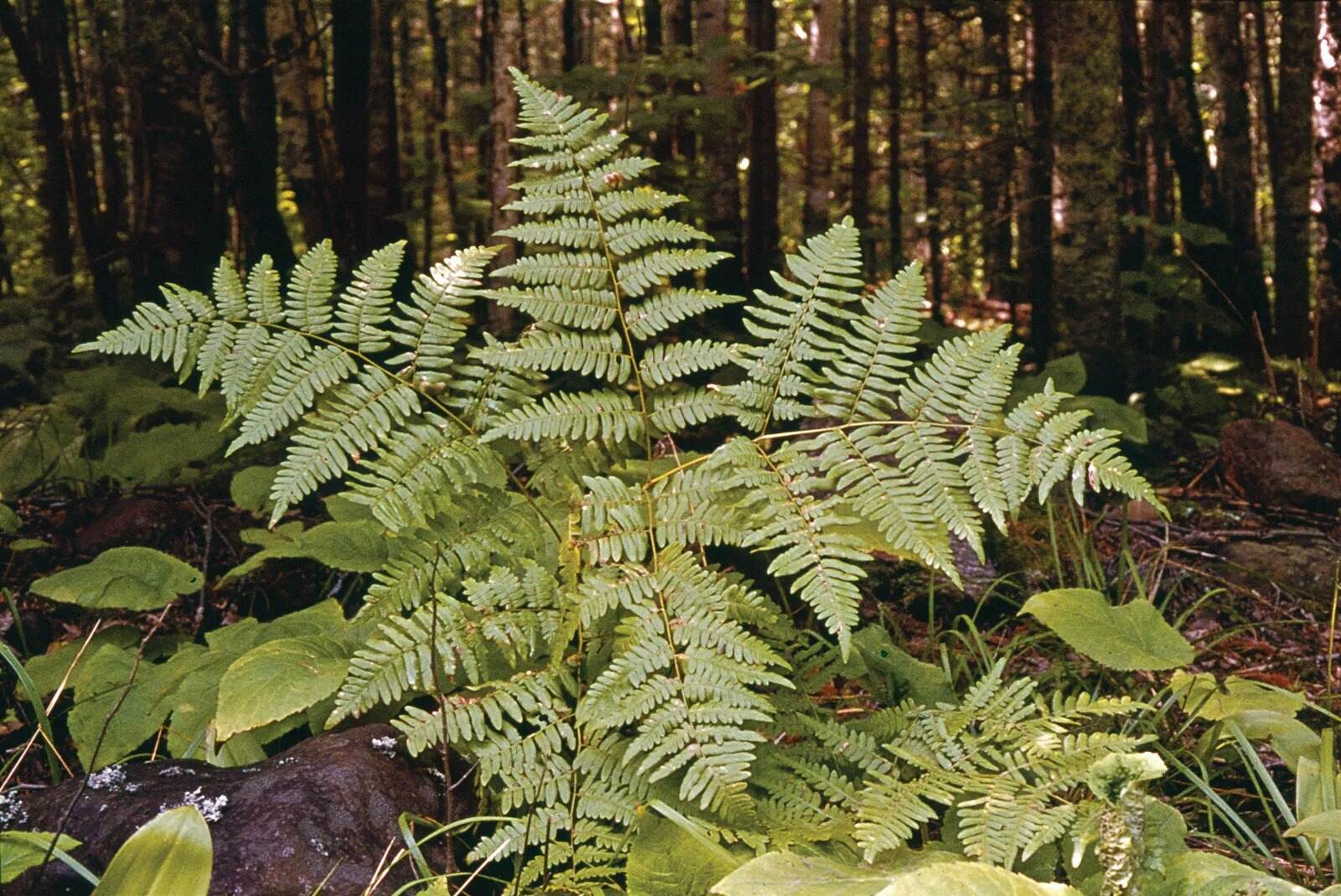
Ferns are some of the oldest plants on Earth, dating back over 360 million years. These fascinating plants thrive in various environments, from tropical rainforests to temperate woodlands. Did you know that ferns reproduce through spores instead of seeds? This unique method sets them apart from many other plants. Ferns also play a crucial role in ecosystems by providing habitat and food for various animals. Their fronds, which are the leafy parts, come in many shapes and sizes, adding beauty to gardens and forests alike. Whether you're a plant enthusiast or just curious, these 27 facts about ferns will surely pique your interest.
Ferns: Ancient Plants with Modern Appeal
Ferns are fascinating plants that have been around for millions of years. They thrive in various environments, from tropical rainforests to temperate woodlands. Let's dive into some intriguing facts about these ancient plants.
-
Ferns are among the oldest plants on Earth, dating back over 360 million years.
-
Unlike flowering plants, ferns reproduce via spores instead of seeds.
-
There are around 10,000 known species of ferns worldwide.
-
Ferns can grow in diverse habitats, including forests, swamps, and even deserts.
-
The largest fern species, the tree fern, can grow up to 50 feet tall.
Unique Characteristics of Ferns
Ferns possess several unique features that set them apart from other plants. These characteristics contribute to their survival and adaptability.
-
Fern leaves, called fronds, often unfurl in a spiral pattern known as a fiddlehead.
-
The fronds of some ferns can live for several years, continuously growing and producing spores.
-
Ferns have a vascular system, allowing them to transport water and nutrients efficiently.
-
Many ferns have rhizomes, underground stems that help them spread and colonize new areas.
-
Some ferns can absorb nutrients and moisture directly from the air through their fronds.
Ferns in Culture and History
Throughout history, ferns have held significant cultural and symbolic meanings. They appear in folklore, art, and even medicine.
-
In Victorian times, fern collecting, known as pteridomania, became a popular hobby.
-
Fern motifs are common in art and architecture, symbolizing humility and sincerity.
-
Some cultures believe ferns have protective properties and use them in rituals.
-
Ferns have been used in traditional medicine to treat various ailments, including respiratory issues and skin conditions.
-
The Maori people of New Zealand consider the silver fern a national symbol.
Ecological Importance of Ferns
Ferns play crucial roles in their ecosystems, contributing to biodiversity and environmental health.
-
Ferns provide habitat and food for various insects, birds, and small mammals.
-
They help prevent soil erosion by stabilizing the ground with their roots and rhizomes.
-
Ferns contribute to the nutrient cycle by breaking down organic matter and enriching the soil.
-
Some ferns can tolerate polluted environments, making them useful for phytoremediation.
-
Ferns are often used in landscaping to create lush, green spaces that support local wildlife.
Fun and Surprising Fern Facts
Here are some fun and surprising tidbits about ferns that you might not know.
-
The word "fern" comes from the Old English word "fearn," meaning feather.
-
Some ferns can live for over 100 years, making them some of the longest-living plants.
-
The spores of certain ferns can remain viable for decades, waiting for the right conditions to germinate.
-
Ferns have been found growing in extreme environments, such as volcanic craters and high-altitude mountains.
-
The Boston fern is a popular houseplant known for its air-purifying qualities.
-
Some ferns, like the bracken fern, are considered invasive species in certain regions.
-
Fern fossils provide valuable insights into the Earth's prehistoric climate and ecosystems.
Fascinating Ferns
Ferns are more than just pretty plants. They’ve been around for millions of years, surviving through drastic changes on Earth. These plants don’t produce flowers or seeds. Instead, they reproduce through spores, which is quite unique. Ferns can thrive in various environments, from tropical rainforests to rocky cliffs. Some species can even grow in water.
Their fronds, which are the leafy parts, come in many shapes and sizes, adding to their charm. Ferns also play a crucial role in ecosystems by providing habitats and food for various creatures. Plus, they help in maintaining soil health and preventing erosion.
Whether you’re a plant enthusiast or just curious, ferns offer a glimpse into the ancient world of plants. Next time you see one, remember the incredible history and unique characteristics that make ferns so special.
Was this page helpful?
Our commitment to delivering trustworthy and engaging content is at the heart of what we do. Each fact on our site is contributed by real users like you, bringing a wealth of diverse insights and information. To ensure the highest standards of accuracy and reliability, our dedicated editors meticulously review each submission. This process guarantees that the facts we share are not only fascinating but also credible. Trust in our commitment to quality and authenticity as you explore and learn with us.


